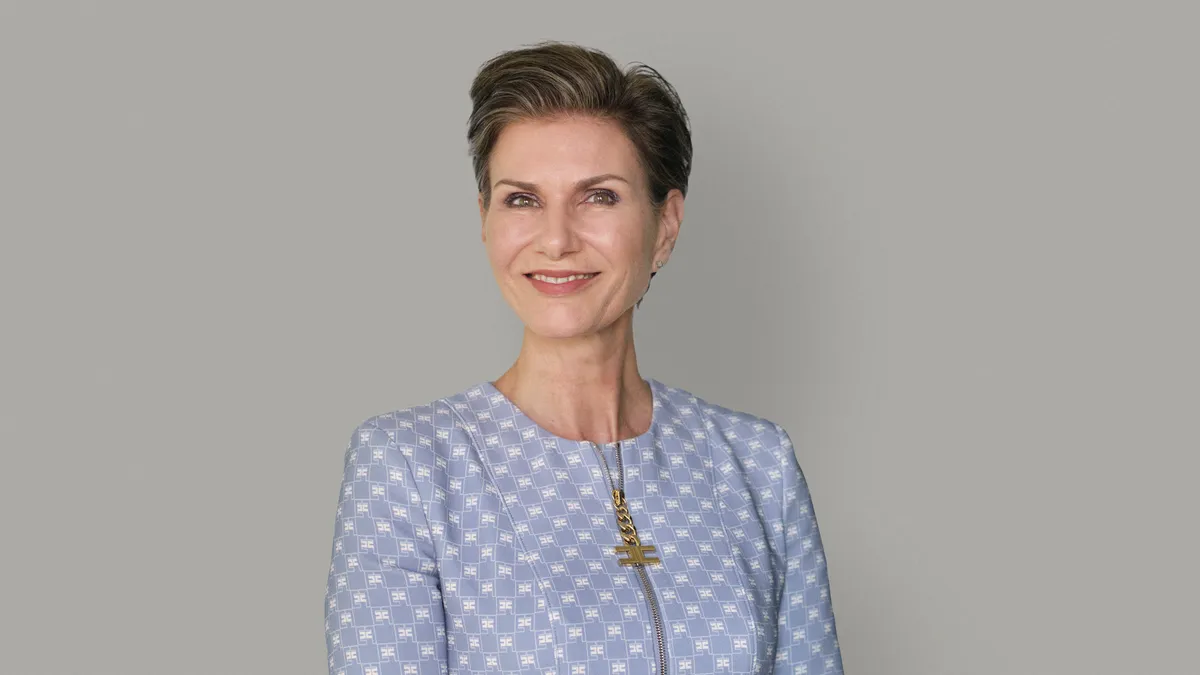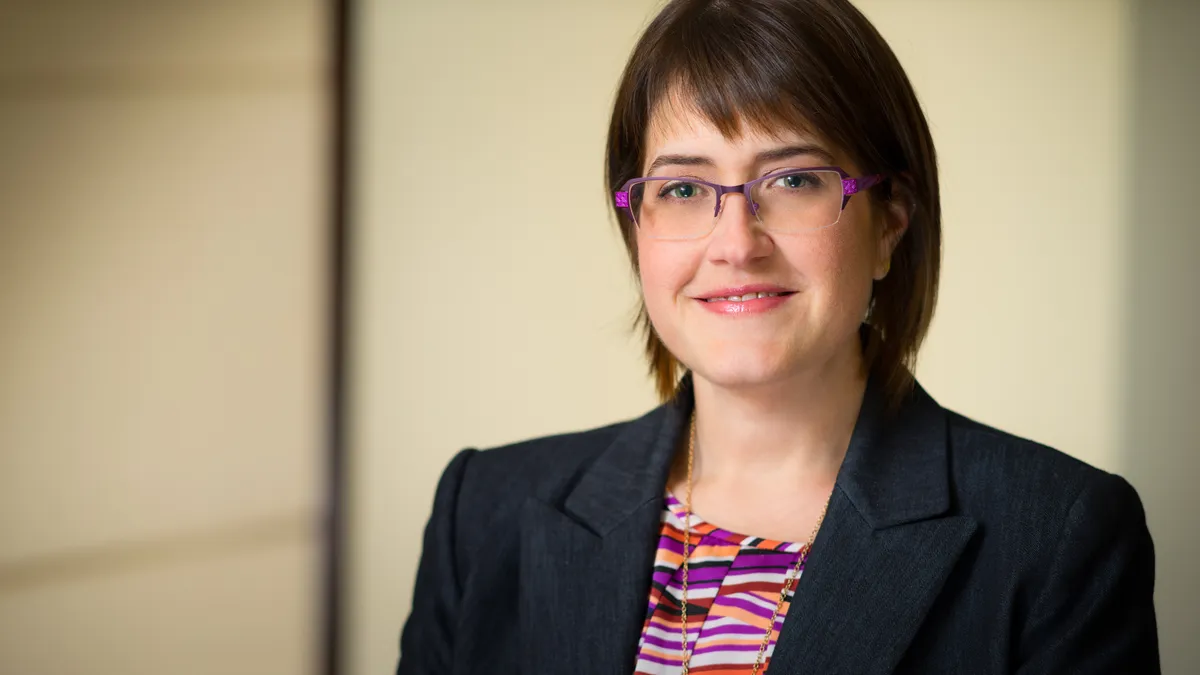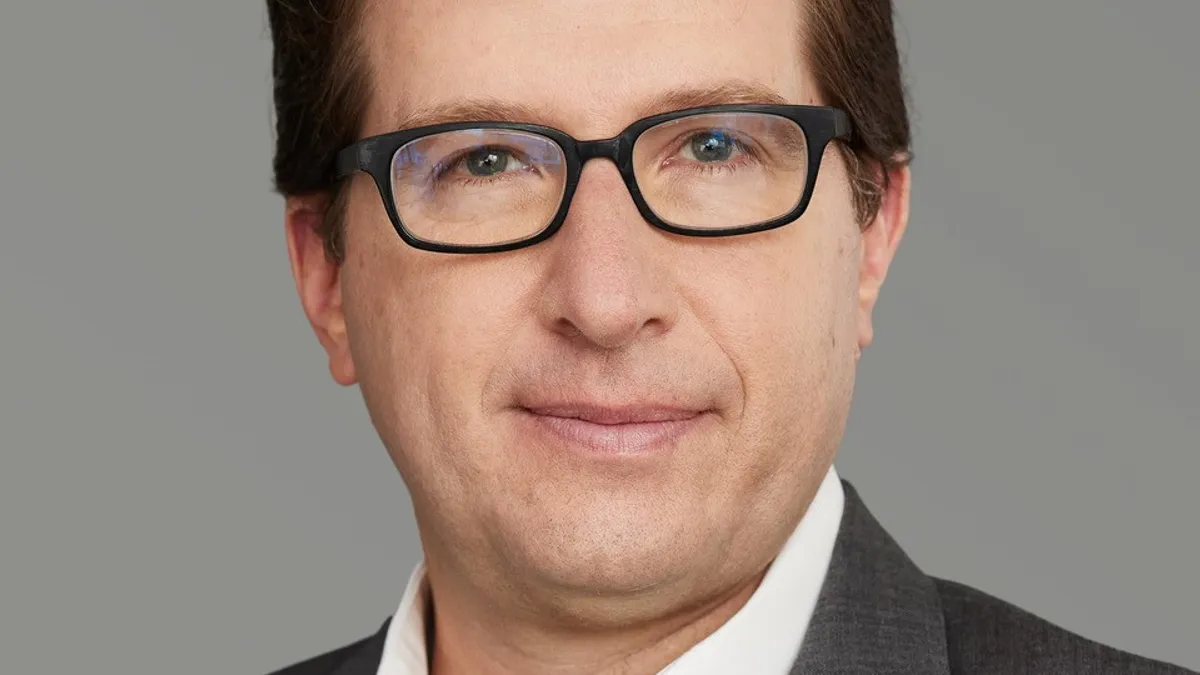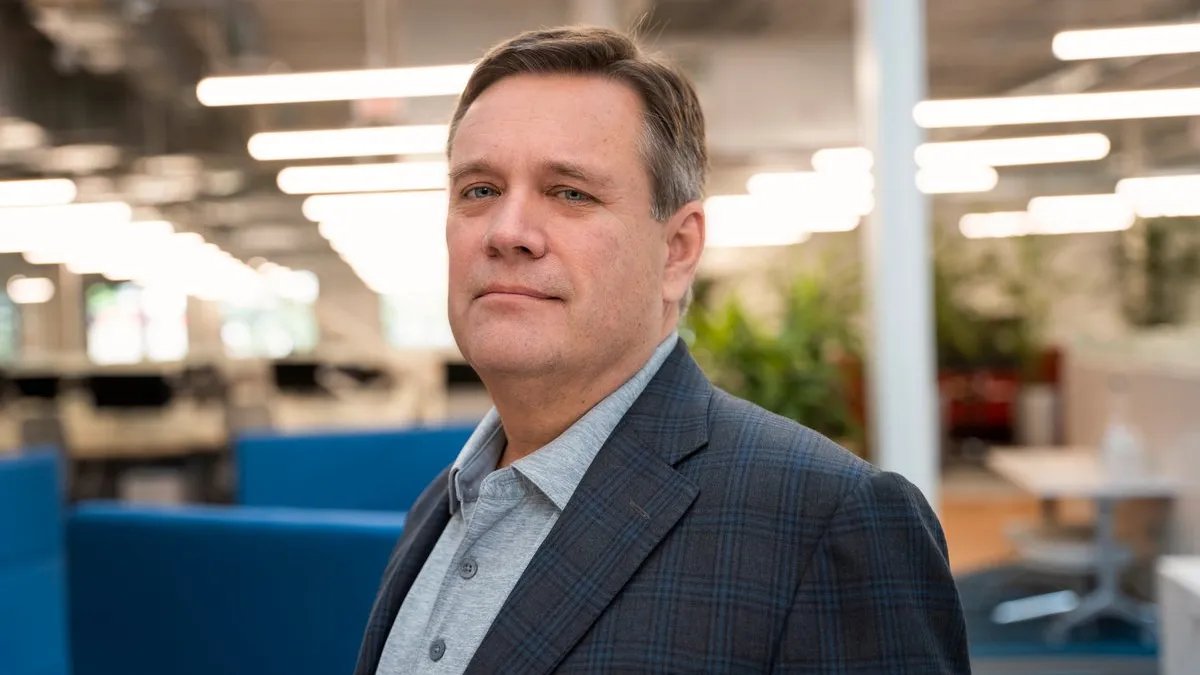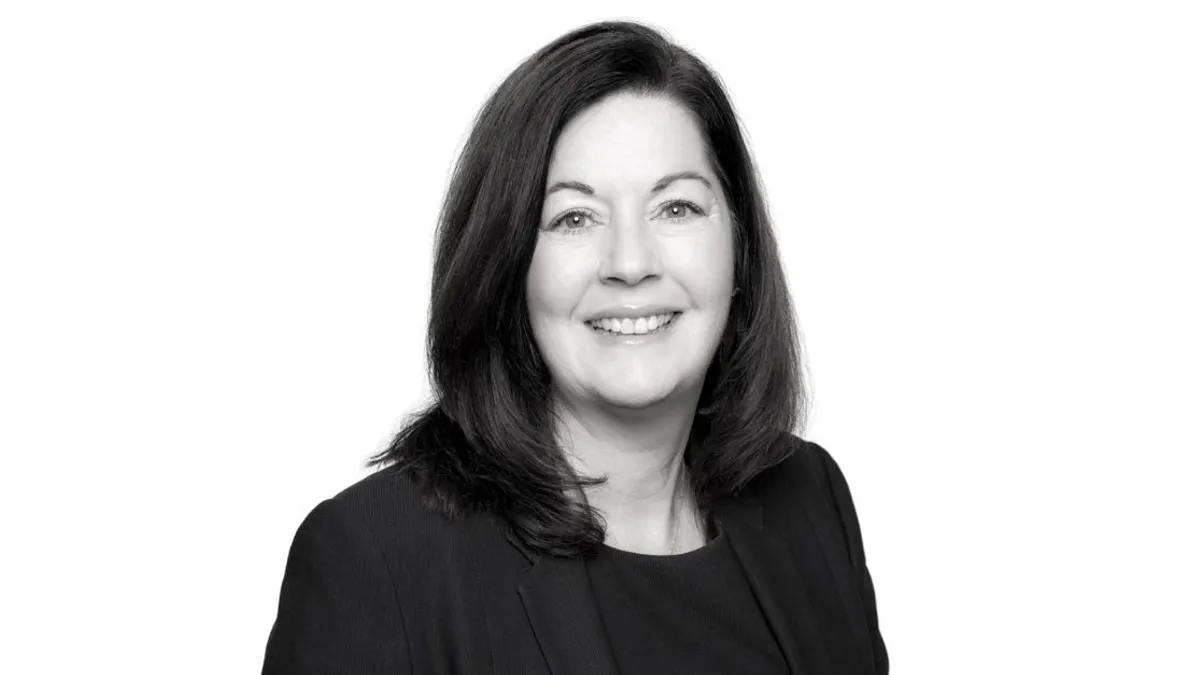Welcome to First 90 Days, a series dedicated to examining how life sciences executives are planning for success in their new roles. For this installment, we’re ln conversation with Monica Cepak, who recently stepped into the CEO role at Wisp, a company making bold steps to improve access to women’s health.
Times Square in New York City is a place that seemingly has seen everything. But there was one thing it hadn’t seen until 2023: The word “vagina” on a billboard.

It shouldn’t have been a big deal. After all, the vagina is just a body part. Yet even the word itself — much less talking about it in public — is still taboo and not “family friendly.” At least that’s what executives in charge of the billboard told Monica Cepak, interim CEO of the sexual and reproductive telehealth provider Wisp, when she was trying to get the ad approved.
“Meanwhile, you have a monster jumping out of the side of a building in Times Square that quite frankly, I think, would give children a lot more nightmares than the medical use of the word vagina,” she said.
It was a battle Cepak fought and won as chief marketing officer for Wisp, a role she held for just over a year and a half before taking on the interim CEO role in early October. Prior to joining Wisp, she held top marketing roles at companies like Lyft, Artsy and SimpleHealth.
Now, she plans to continue the fight against double standards in women’s sexual and reproductive health. Erectile dysfunction ads have been on TV for decades, but Wisp’s online ads for bacterial vaginosis therapies are regularly removed, Cepak said. The lack of airtime feeds into problems with access to women’s health, and Wisp has worked closely with the nonprofit Center for Intimacy Justice “on exposing the inequality in the ad space,” Cepak said.
“We take a very bold and unapologetic approach to speaking about sexual health because we think it's absolutely necessary in terms of breaking down that stigma and barriers to conversations that need to be happening in order for women to be getting better care,” she said. “If you can't talk about things, if you can't say the word vagina [or] abortion, you can't begin to get the proper care.”
"Over time, I think you will see consolidation in the space because that's ultimately what … the end consumer is looking for."

Monica Cepak
Interim CEO, Wisp
Wisp, which was founded in 2018, offers telehealth services in all 50 states, providing same-day prescriptions and over-the-counter treatments for conditions like urinary tract infections, bacterial vaginosis and herpes, as well as birth control and emergency contraception. It also offers medication abortion services in nine states. According to the company, Wisp has served more than 800,000 patients and adds an average of 30,000 new patients each month. Wisp recently launched a vaginal dryness screening, and in the long term, the company is looking to expand into the fertility and menopause markets. By the end of this year, it will have launched 10 new products.
“The vision is to really be able to address women at all stages,” said Cepak, who spoke with PharmaVoice shortly after she stepped into the interim CEO role.
This interview has been edited for brevity and style.
PHARMAVOICE: Can you talk about Wisp’s approach to telehealth and the broader telehealth space?
MONICA CEPAK: Telehealth really emerged during COVID to fill an important gap in women's health care. I think any woman who's had a urinary tract infection knows exactly what a UTI feels like and doesn't have to wait multiple days, if not weeks, to see a doctor in person or go to urgent care. We're empowering women who know what their symptoms are and getting them faster, better care through our online questionnaire. For women who don't necessarily know that they have, that same questionnaire helps direct them to one of our providers who can help.
In terms of the broader landscape, I think what I'm seeing is … a very fragmented space. You have all these women's health clinics and telehealth providers popping up and they all address one small piece of the puzzle. So over time, I think you will see consolidation in the space because that's ultimately what … the end consumer is looking for. You don't want to go to a … clinic for one thing and then use a telehealth provider for something else. It's really the players that bring all those pieces together in a meaningful way under one roof … that are going to win.
What have you brought to Wisp as CMO and now as interim CEO?
I was hired as CMO to really put Wisp on the map as a leader in women's health, and I think that's what we did. I was CMO for about a year and a half. I grew the company 35% year over year [and] invested in new top-of-funnel channels like streaming audio, and really amplified our influencer program, [and] out-of-home. [We] saw those gains from a brand awareness standpoint flow through to the bottom of the funnel. Those investments also drove more efficient revenue growth for the business. E-commerce is also the lifeline for how we make money and our business model, and so as the owner of that part of the business, I was asked to step into the role of CEO to help scale Wisp going into 2024. I think the board was looking for someone who could play both that visionary role, but also execute and drive real results for the business.
I do think there’s something to be said for the intuition of a woman in addressing this market because as we talk about ideas for new product development or long-term growth strategy, it’s been helpful to be able to drive those conversations from the top.
What do you envision your first 90 days looking like?
I think the first 90 days are focused on thoughtful, data-driven planning for next year. My goal is to get the business into a rhythm of planning, not only for the next year but being a quarter ahead. I think as a startup, you struggle and balance the fires and pivoting very quickly, but [I want us to be] really disciplined in our approach to planning.
Q4 is going to be a really important quarter for us. It’s traditionally one of our strongest quarters, so [I’m] also focused on delivering significant top-line growth at a favorable EBITA; renegotiating with our pharmacy partners [and] taking a look at all of our existing relationships with a set of fresh eyes; and identifying any areas of the business that can be optimized from a cost perspective. We’re [also] making some tech investments on the provider platform side of the business. So the first 90 days are really focused on getting 2024 into the solid spot so that when Jan. 1 comes around, we can execute. We already know and we've already started building up toward that plan.









